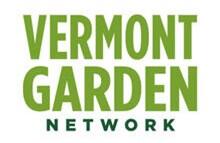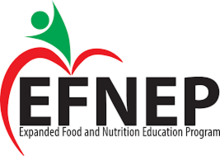
Put simply, SNAP-Ed’s goal is to help Vermont families live healthy, active lives. This work wouldn’t be possible without our grantees who use SNAP-Ed funding to create welcoming, inclusive spaces for families to feel empowered to embrace healthy eating and physical activity.





